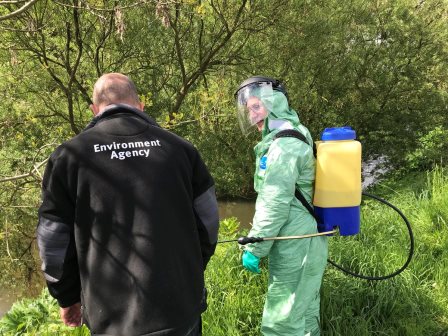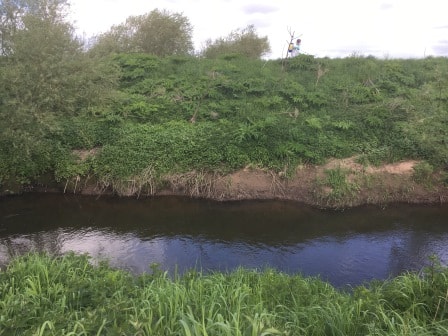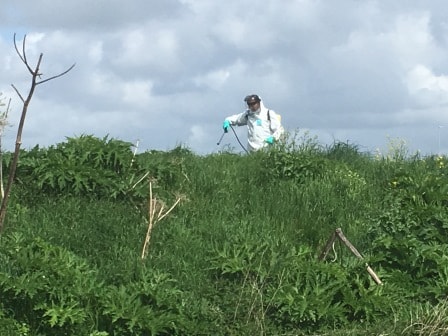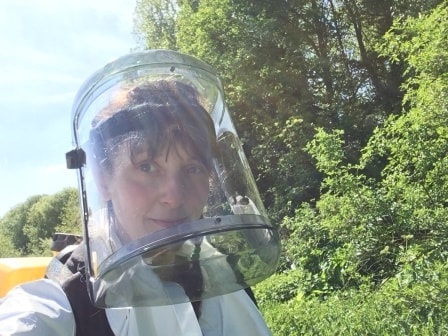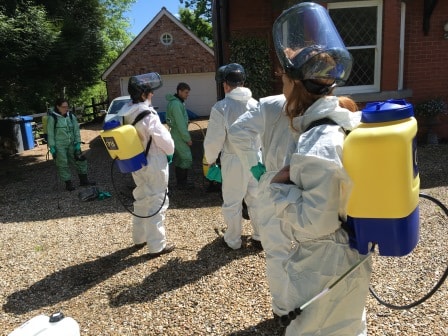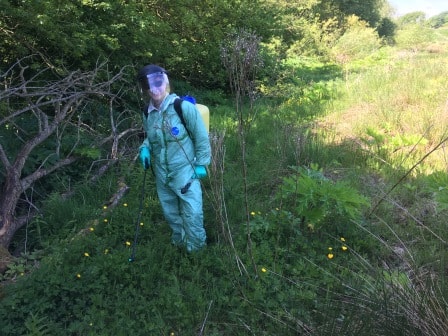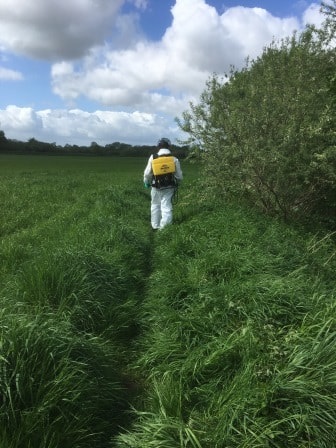INNS
Local Action Groups that deal with invasive species can be found all over the country, and are co-ordinated by the GB Non-Native Species Secretariat (GB NNSS). More information about the GB NNSS can be found here.
Whilst there are LOTS of different invasive non-native species in the Mersey basin, both plants and animals, Mersey Rivers Trust is focussing on controlling the big three because they have the most detrimental effect on our local habitats and wildlife.
Biosecurity
Biosecurity means taking steps to make sure that good hygiene practices are in place to reduce and minimise the risk of spreading invasive non-native species. A good biosecurity routine is always essential, even if invasive non-native species are not always apparent.
Biosecurity should be considered at the earliest stage when planning any surveying or control work. Our volunteers and staff are always encouraged to carry out biosecurity measures. Some biosecurity measures can be as simple and as quick as making sure your wellies are clean. For more information on biosecurity in the field click here.
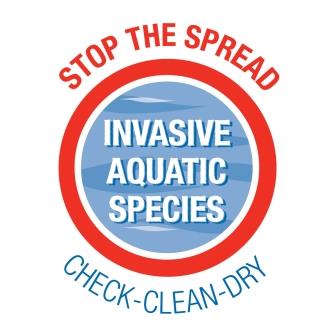
CHECK, CLEAN, DRY…
If you use the rivers and streams for walking, boating, running, cycling, angling or just relaxing then you could be moving non-native invasive species from one place to another. Make sure after every visit you check your clothes and equipment, clean everything down with water, and allow it to dry out thoroughly. For more information on the Check Clean Dry campaign click here
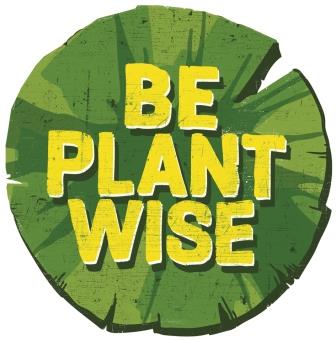
BE PLANT WISE…
Invasive aquatic plants can cause many problems when they become established in the wild. Make sure you know what plants you are buying, what grows in your garden and compost any waste with care in order to stop the spread. For more information on the Be Plant Wise campaign click here
Bollin Giant Hogweed Control Programme
Giant Hogweed is a problem in the Bollin catchment, but luckily it only affects the downstream extent of the River Bollin itself, and so we have the opportunity to be able to control this invasive non-native species throughout its range.
Giant Hogweed is not only detrimental to wildlife, as it creates massive monocultures easily out competing native flora, it is also dangerous to people as the sap from this plant can cause chemical-like burns when in contact with skin.
This year, thanks to Environment Agency funding, 11 volunteers were trained to use herbicides by water, and with all having passed the course, we have greatly increased the capacity of the project. This means we can finally tackle one of the areas badly affected by Giant Hogweed is Heatley at Lymm, and so volunteers and partners from other organisations are concentrating their efforts in this area to try and control the historically dense populations of Giant Hogweed here.
Farmers are contributing towards the costs of this work in order to ensure that we can continue with our control work programme in the coming years. Giant Hogweed, and indeed all invasive non-native species, cannot be successfully eradicated in one year, and it takes a few years of control and careful monitoring before an area can be declared free of invasives.
Our control programme links in with the work other landowners, interest groups and local organisations are doing to control Giant Hogweed on their land upstream of Heatley through to where the first Giant Hogweed plant can be found in Wilmslow. Without this co-ordination of effort the project would not be successful.
To find out how landowners can get involved in the Giant Hogweed control programme please contact info@merseyrivers.org.


